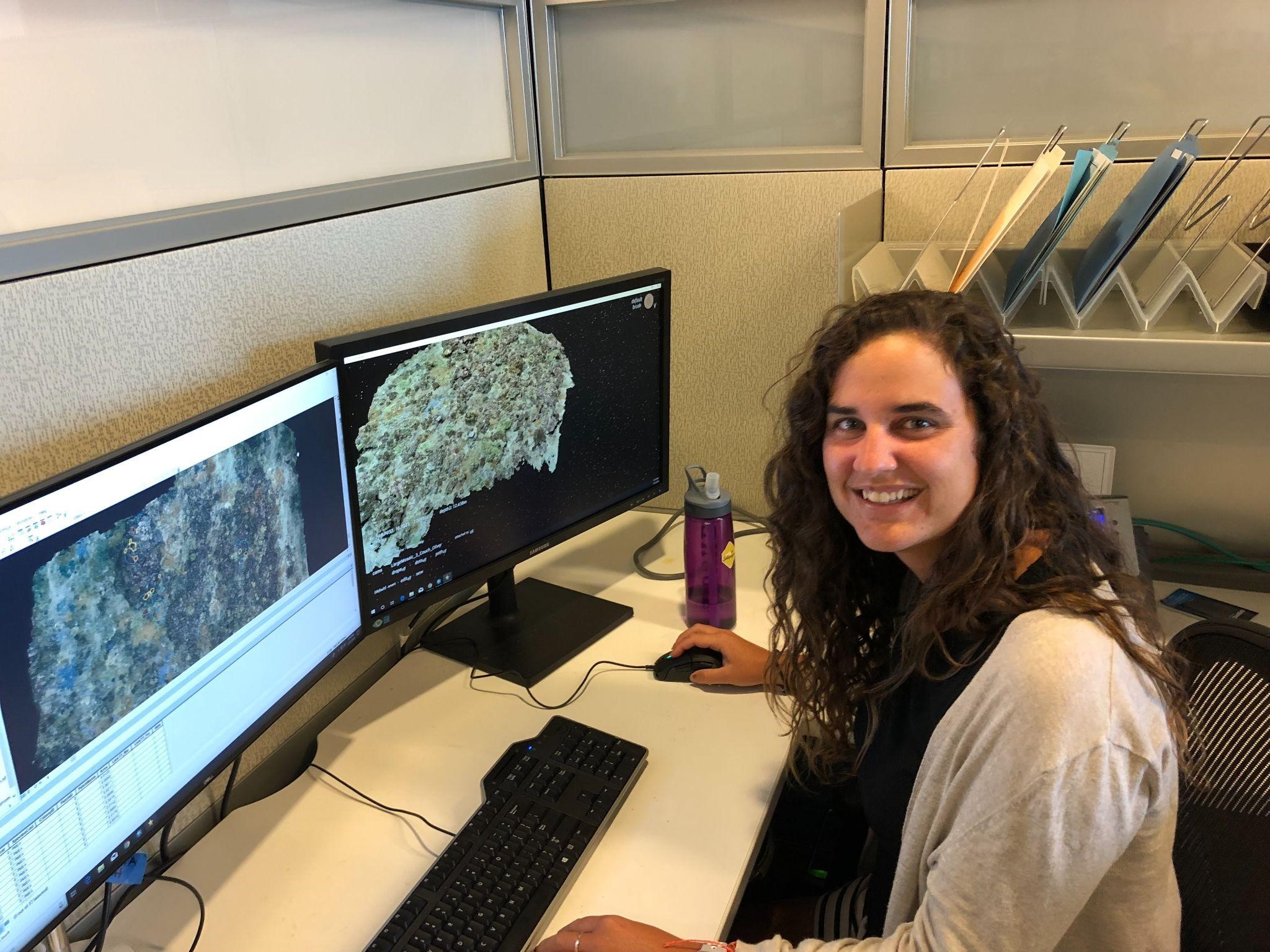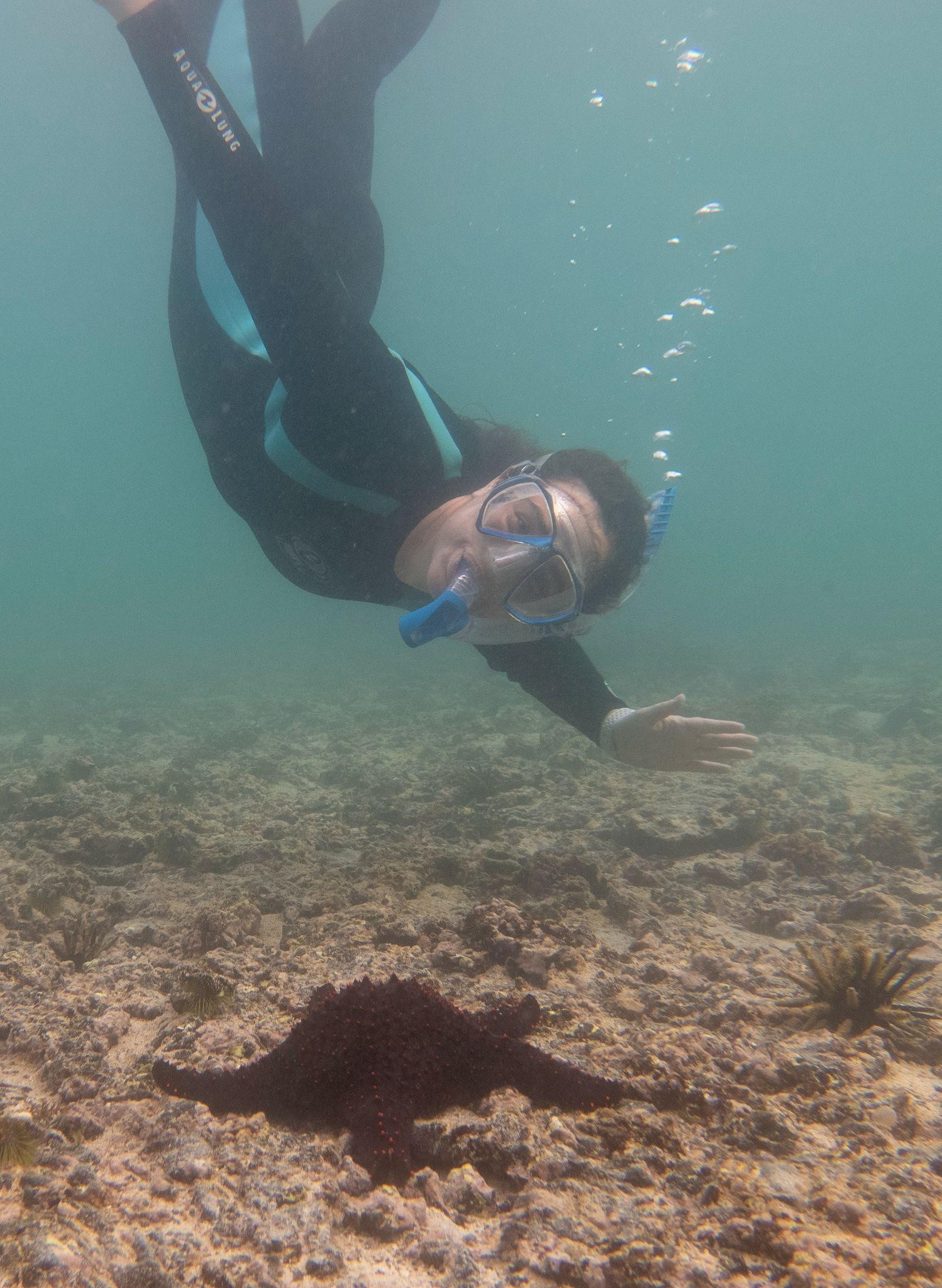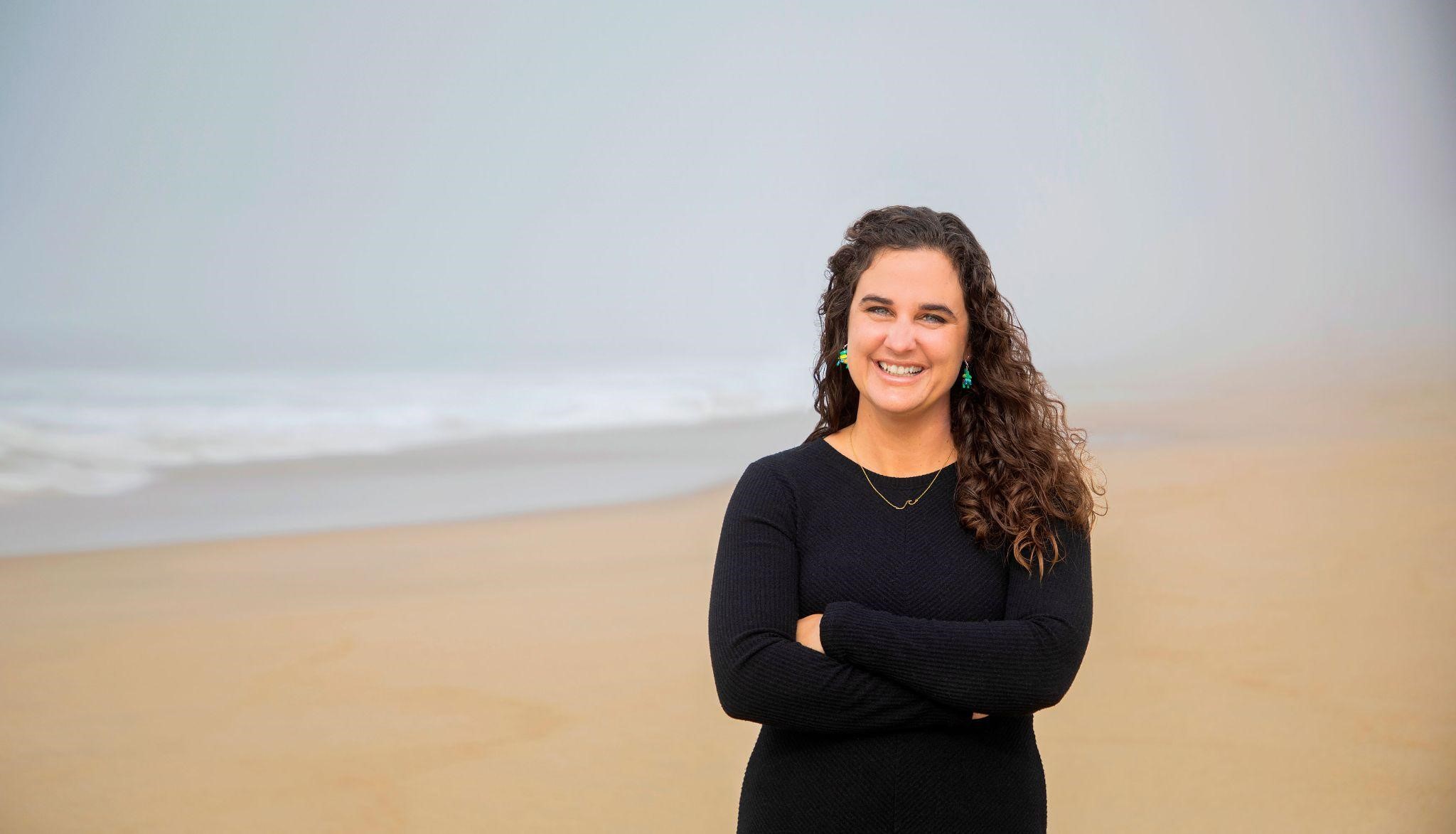"Measuring the Impact of Thermal Stress on Coral Reef Resilience in Hawaii Using Large-Area Imagery"
A Thesis Defense by Caroline Rodriguez
Marine Environmental Physiology Lab | Invertebrate Ecology Lab
Zoom | Live-Stream | August 22nd, 2022 at 3:00 pm PDT
Bio
Caroline Rodriguez graduated from Duke University with a B.S. in Environmental Sciences in 2013 and completed internships at the North Carolina Coastal Federation and the Maryland Sea Grant Research Experience for Undergraduates (REU) program. After graduating, Caroline was chosen for the Chesapeake Conservation Corps program and spent two years working as a water quality technician and outreach coordinator for the Arundel Rivers Federation in Edgewater, Maryland. Caroline then spent two and a half years serving as a Peace Corps Volunteer in Nicaragua where she co-taught natural science courses in rural elementary schools and co-led environmental projects including school gardening and environmental summer camps.
After the Peace Corps, Caroline began her M.S. in Marine Science in the Marine Environmental Physiology Lab at California State University Monterey Bay and the Invertebrate Ecology Lab at Moss Landing Marine Labs. Caroline was awarded the NOAA Center for Coastal Marine Ecosystems (CCME) Graduate Fellowship, which funded her thesis research. During her time in the CCME Fellowship program, Caroline completed a NOAA Experiential Research and Training Opportunity (NERTO) at NOAA Pacific Islands Fisheries Science Center in Honolulu, Hawaii where she developed a workflow to generate accurate growth, survival, and recruitment estimates for thousands of coral colonies using large-area imagery. She built on this work for her master’s thesis and investigated coral population dynamics for the dominant coral species across the Hawaiian archipelago and assessed the impact of thermal stress on coral populations. In addition to her research work, Caroline worked at the MLML Front Desk throughout her time at MLML, helped lead the Future Leaders in Marine Science mentorship program at the North Monterey County High School, and served as the CSUMB representative on the MLML Student Body. In 2022, Caroline was selected for the John A. Knauss Marine Policy Fellowship Program and moved to Washington, D.C. to work with NOAA’s Office of International Affairs. She hopes to continue working with diverse communities at the intersection of science and policy to advance equitable ocean and coastal policy.
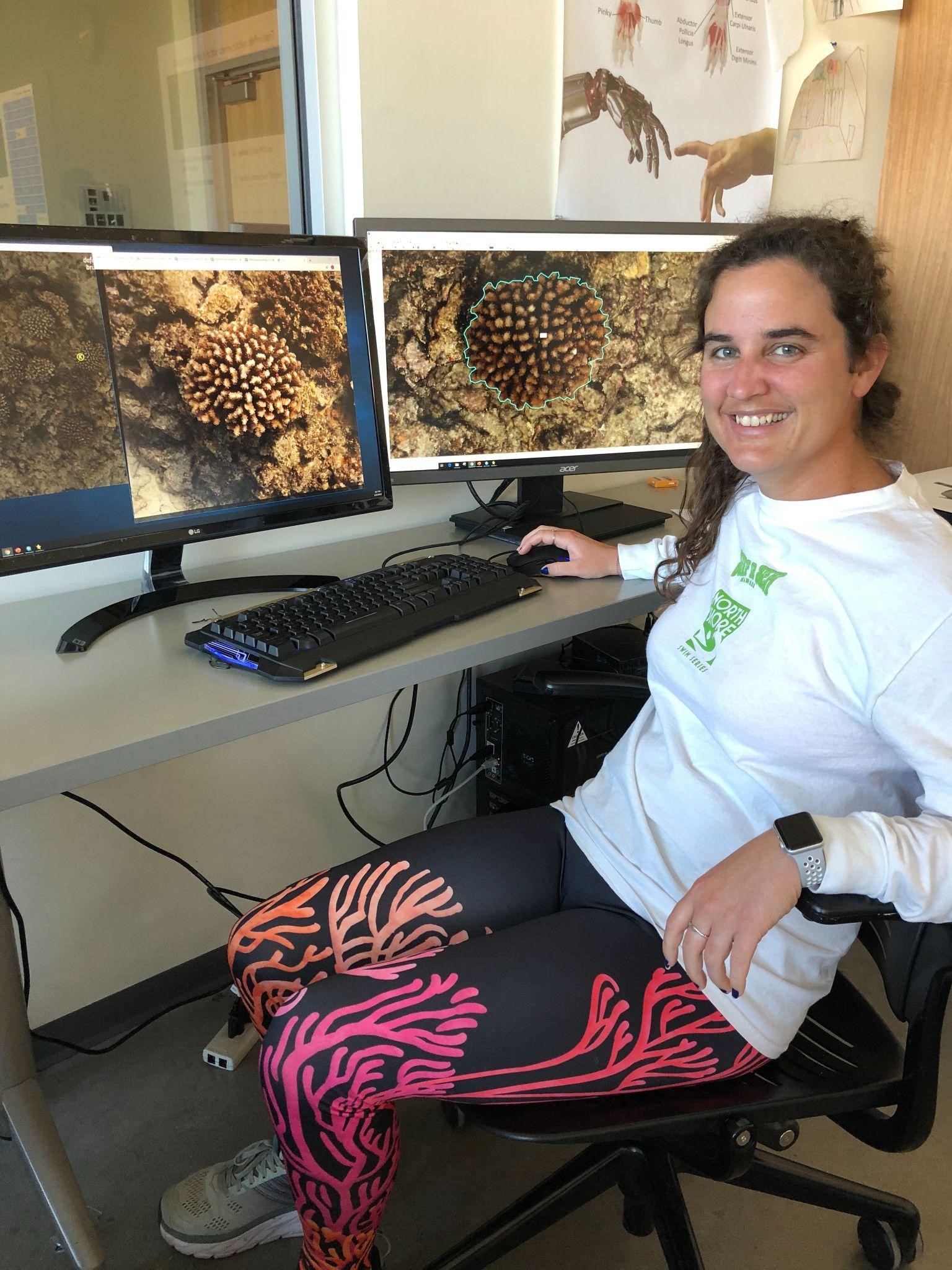
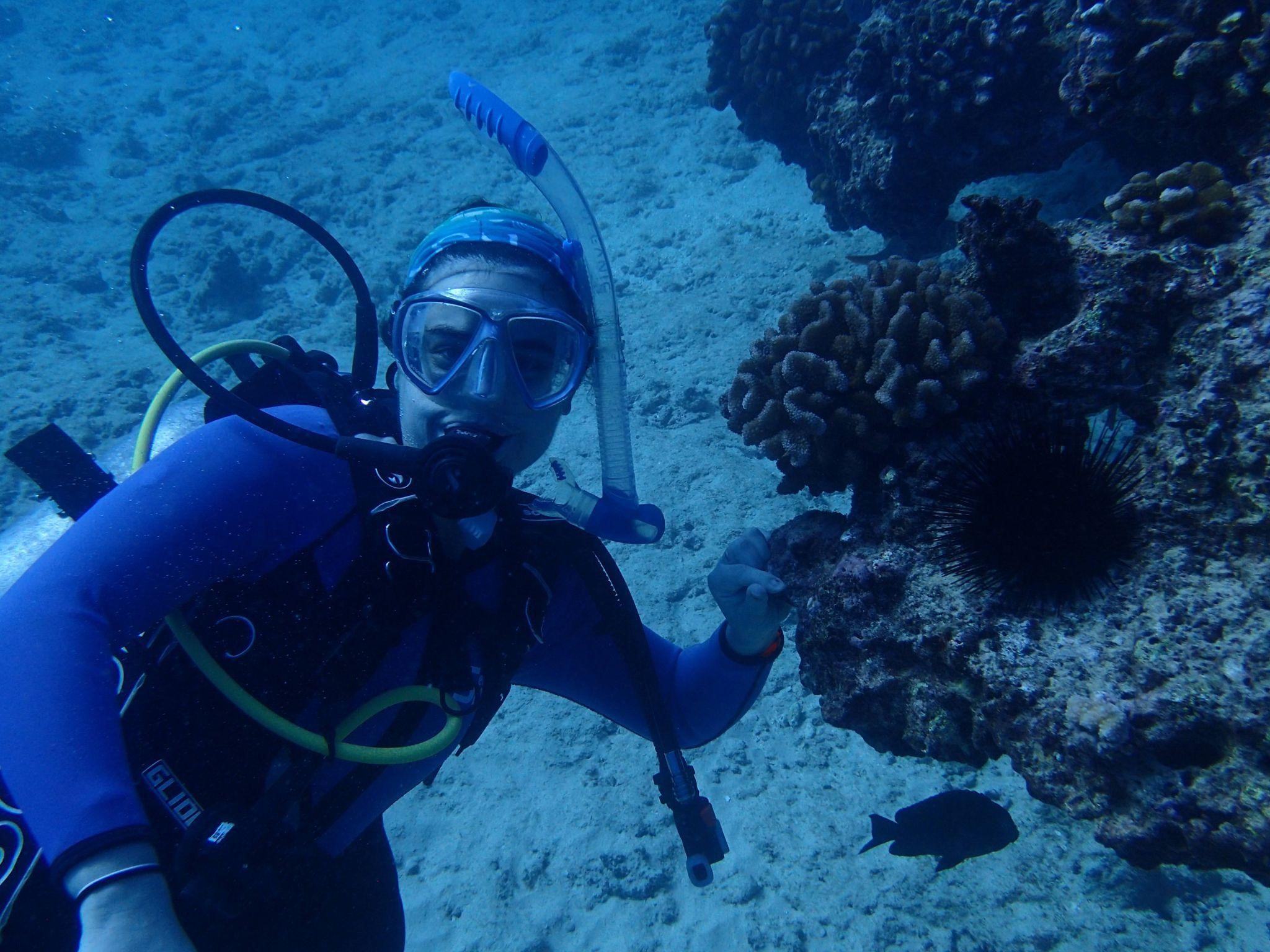
Thesis Abstract
